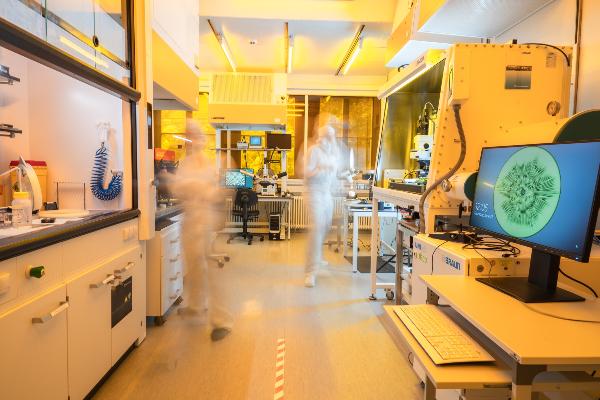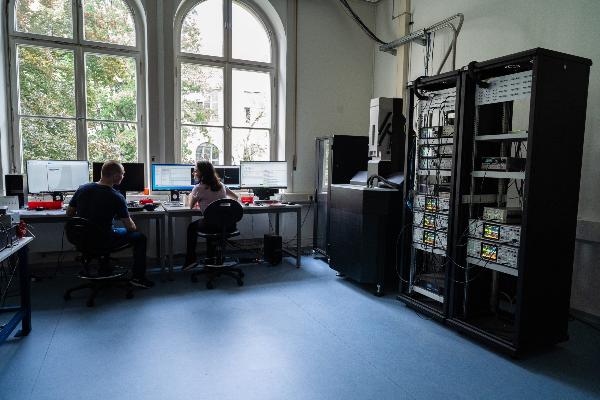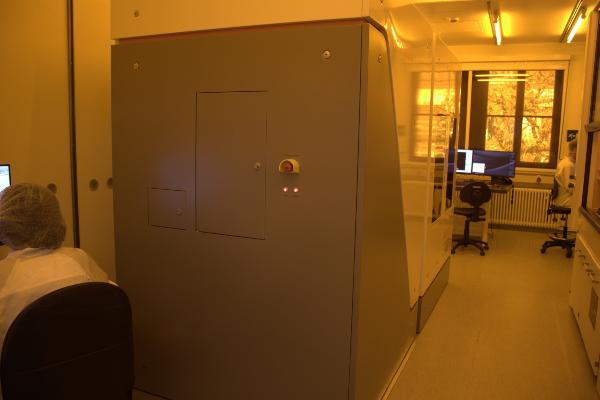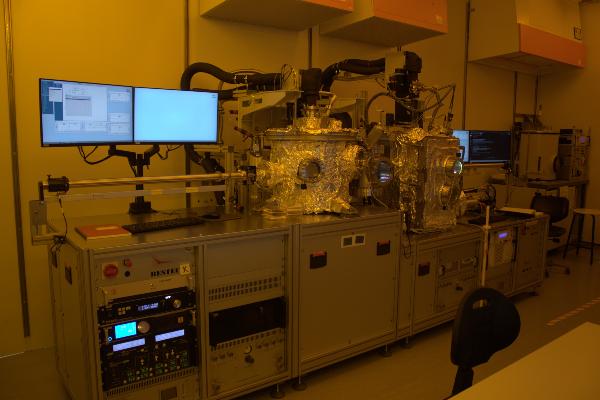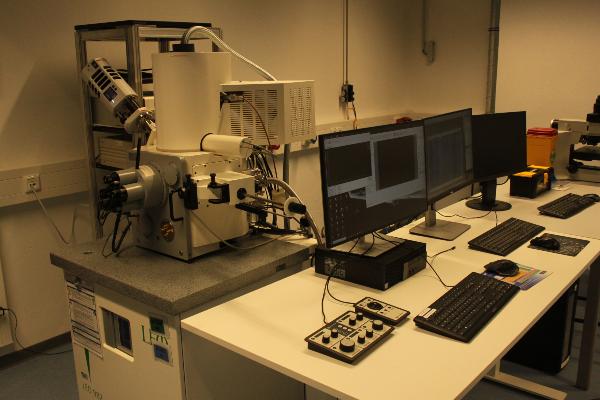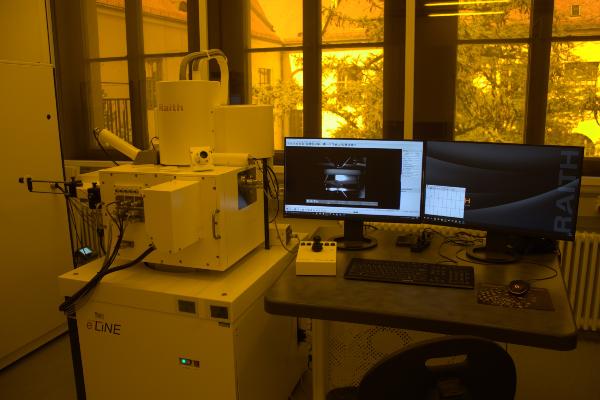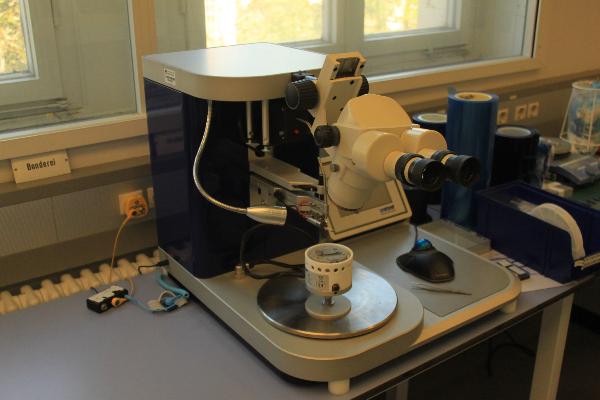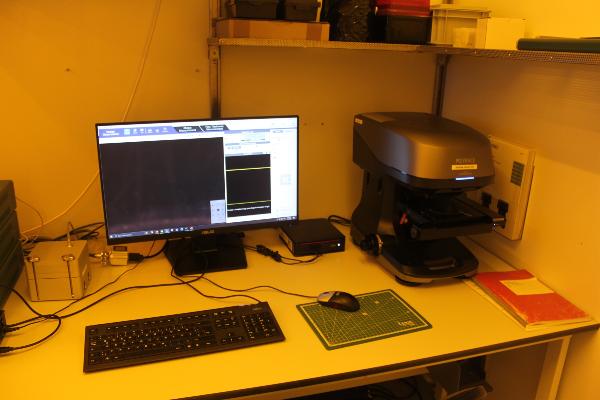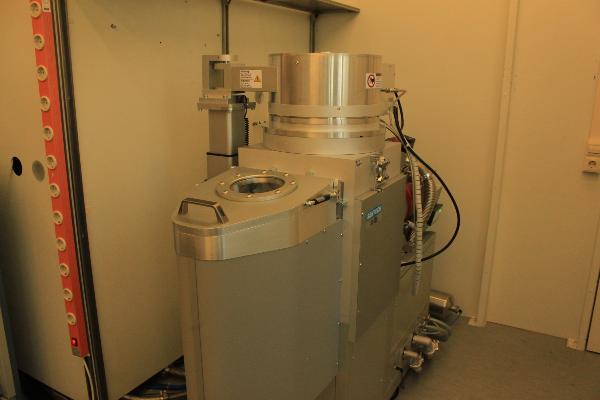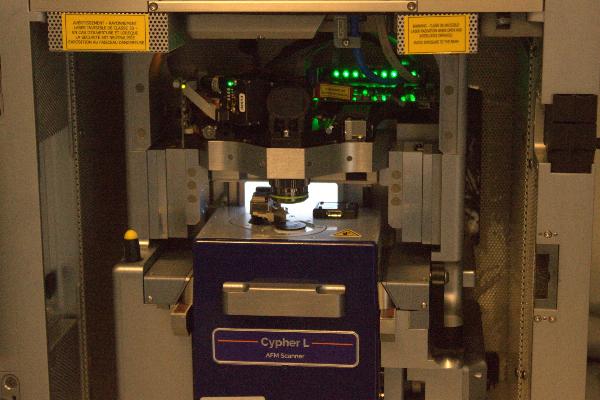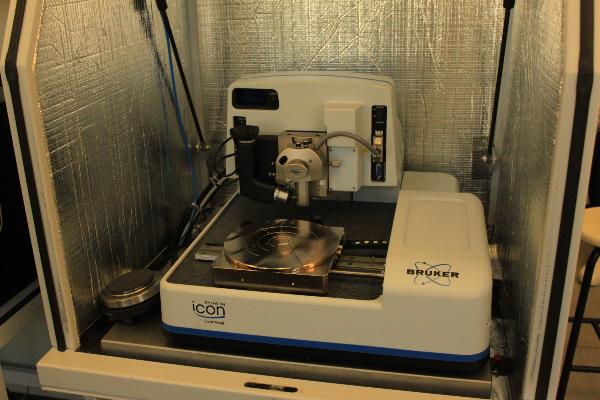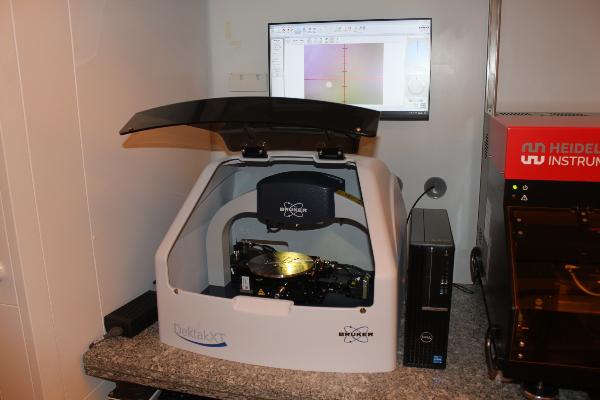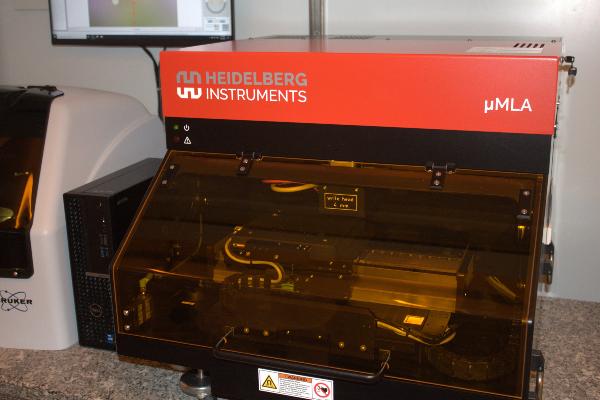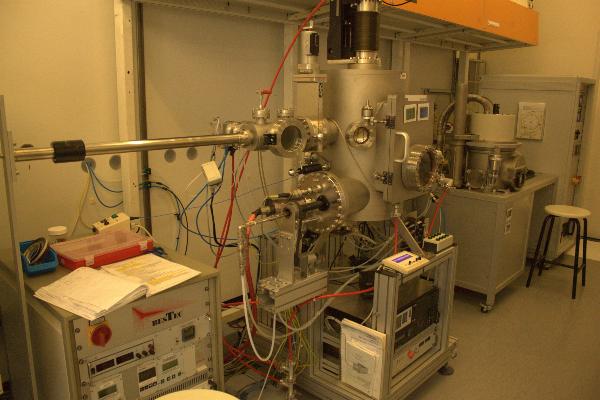External groups can inquire about guest access to the cleanroom. Access can be granted if the requested processes can be justified under the defined capabilities and compatibilities of the cleanroom equipment, and an agreement of the usage rules of the LS Efetov. Approval to use the cleanroom for authorized groups is requested via an informal email to the Head of the cleanroom Dipl. Ing. Philipp Altpeter (philipp.altpeter@lmu.de) and Prof. Dr. Dmitri K. Efetov (dmitri.efetov@lmu.de). The following points detail the cleanroom usage rules and requirements:
1. Project evaluation - A project evaluation will ensure that the cleanroom meets the technical requirements necessary to fulfil the task, that the processes and materials that are to be used are compatible with the established manufacturing processes in the cleanroom, and that the resources tied up to fulfil the project do not represent any (significant) restrictions for the members of the LS Efetov and their projects. A project evaluation has to be conducted for every new process or project, even by long-established users.
2. Occupancy - The LS Efetov clean room is a small, chip scale, fundamental research clean room, that specializes on the development of proof-of-concept devices for quantum technologies, based on various quantum materials. It has an area of approximately 120 square meters in which approximately 12 users can work efficiently at the same time, if distributed evenly (i.e. 1 user per wet bench = 3, 1 user per large device = approx. 9). At least half of the capacity should always be reserved for LS Efetov members, so that no more than 6 guests can work in the clean room at the same time.
3. Safety – Access is only permitted after safety instruction, which is carried out by the clean room personnel. Performing activities in the cleanroom that are classified as hazardous require additional instruction and is prohibited outside of normal working hours (Mon.-Fri., 9 a.m. to 5 p.m.). These activities include, among others, wet chemical processes with chemicals declared as hazardous.
4. Access - After the safety training guests are issued a transponder card that enables them to open the laboratory door. The transponder card must be returned to the cleanroom personnel by the end of the project and is not transferable to other users. Taking a non-instructed person to the cleanroom as a spectator may be permitted in individual cases, but in any case, requires the approval of the cleanroom management.
5. Superusers - In order to make communication between the cleanroom management and the cleanroom staff on the one hand and the guest users on the other hand as efficient and constructive as possible, each guest group must name a main user (superuser), who serves as the contact person for all of the guest group's concerns. The main user should meet the following requirements: 1. Demonstrable experience in the field of micro- and nano-structuring; 2. planned multi-year employment in the respective guest group in the same function to ensure a certain degree of continuity. The initial training of the superusers will be provided by the cleanroom management.
6. Other users - In well-justified cases we can allow up to 3 well-trained additional users per guest group. The superuser of the corresponding group is directly responsible (i.e. not transferable) for the support, safety and training of his colleagues. The cleanroom management will control the training and certify access to equipment.
7. Sign-up - The superuser of the guest group has to request equipment sign-up from the cleanroom management. After an initial phase, the superuser can earn the privilege of booking device appointments for him/herself and his/her group members (subject to the respective device-specific restrictions). Equipment usage must be fully traceable via the booking calendar and the device logbooks, i.e. the calendar is not only used to plan future usage but also to keep track of usage times and frequencies.
8. Responsibilities – After approval of processes and training on equipment by the cleanroom management, each user is fully responsible for his/hers project success and process outcome. LS Efetov does not provide any process and research assistance and does not take responsibility for unsuccessful projects. It is each user's own responsibility to know and follow the rules set by the cleanroom management.
9. Rights - The scientific direction, processes and capabilities of the cleanroom are defined by the LS Efetov. Access to the cleanroom and sign-up rules for the cleanroom equipment are regulated by the LS Efetov. The cleanroom management reserves always the right to temporarily or permanently revoke access authorization to the cleanroom, in the justified case of misbehavior, lack of training, or incompatibility of the processes.
10. Costs - Guest groups from the area of university research (including MQV, MCQST, CeNS members etc.) will be asked to contribute a small amount to the operating costs of the clean room (consumable costs, contribution to repair costs etc.), whereas the general usage will remain free. Private-sector research groups (e.g. start-ups) pay for the use of devices according to a device-specific hourly rate.

